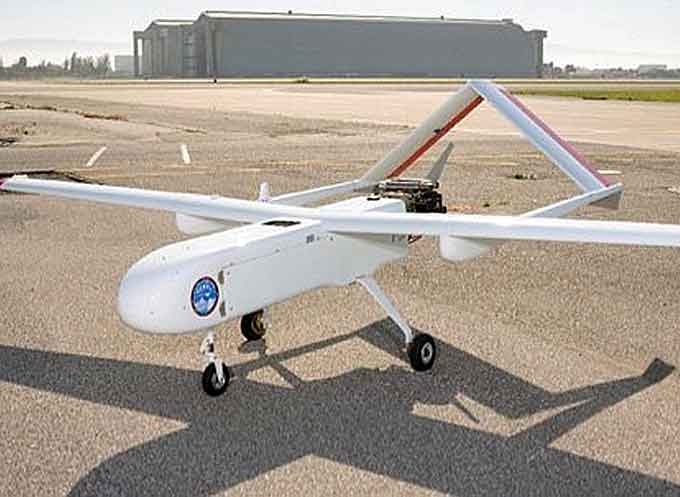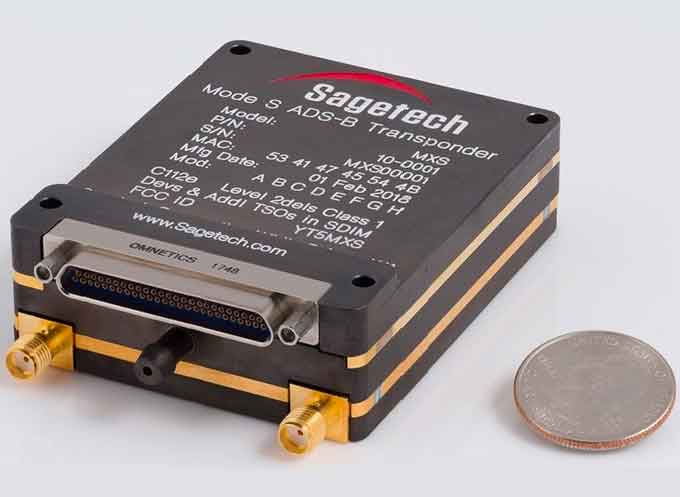
Sagetech, once again paves the way for transponder and ADS-B (Automatic Dependent Surveillance–Broadcast) equipage on small to medium UAVs (Unmanned Air Vehicles) by providing its MXS transponder to NASA for DAA (Detect-and-Avoid) research.
The NASA Unmanned Aircraft Systems (UAS) Integration in the National Airspace System Project and its government and industry partners have been conducting research to reduce technical barriers to routine operation of unmanned aircraft in the national airspace system.
Flight tests conducted with NASA’s Ikhana UAS beginning in 2014 are being used to develop and validate minimum operational performance standards for large (group 5) UAVs to detect and avoid other aircraft.
(Learn More. Ikhana, an MQ-9 Predator B aircraft, was built by General Atomics Aeronautical Systems, Inc., and is flown by NASA’s Dryden (now Armstrong) Flight Research Center. Ikhana is a Native American Choctaw word meaning intelligent, conscious, or aware. The name is descriptive of the research goals NASA has established for the aircraft and its related systems. Courtesy of NASA Armstrong Flight Research Center and YouTube)
An upcoming project phase will see NASA extending its DAA research to smaller UAVs, conducting flight tests with its medium-class (group 3) SIERRA-B (Sensor Integrated Environmental Remote Research Aircraft).

ADS-B transmits GPS position data to other aircraft nearby for use by operators and aircraft control algorithms to maintain safe separation distances.
Sagetech’s transponder with integral ADS-B enables NASA’s system to electronically “see” nearby aircraft and maneuver to avoid them.
Similarly, it enables the SIERRA-B to “be seen” by those same aircraft.
“Sagetech is pleased NASA chose its transponders for its research into safe, routine operation of UAVs together with manned aircraft, but I’m not surprised,” says Kelvin Scribner, Sagetech’s CEO.


















